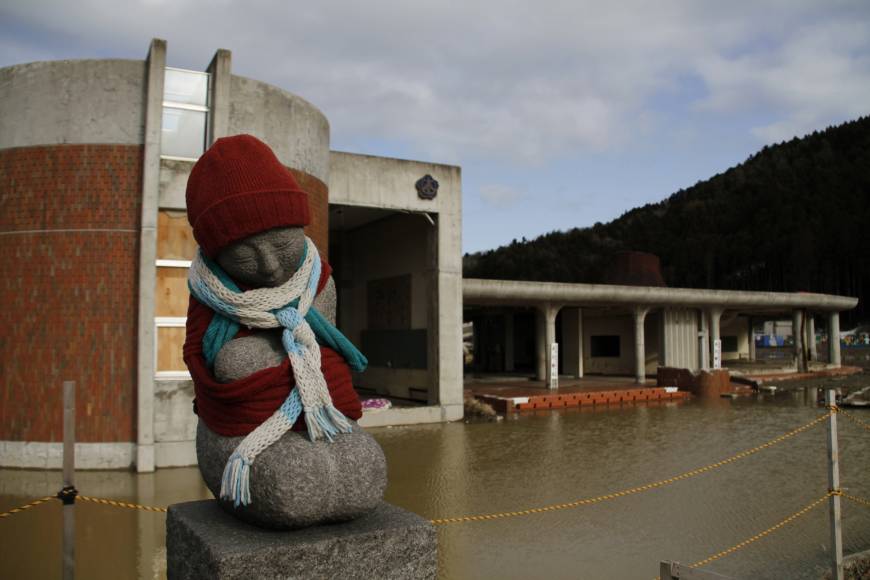Reopened Station Brings New Energy to Town
“Welcome to Onagawa”
The message, displayed on a brand-new blue banner, greeted me when I alighted from a train at Onagawa Station in early June 2015. The recently completed three-story steel-frame station building, light brown and gleaming in the hot sunlight of the clear day, stood out among the scattered buildings of the area. Families and couples were enthusiastically snapping photos with their smartphones. And the station’s attached hot spring facilities were lively with visitors, even though it was daytime on a weekday.
Onagawa lies on the east coast of Miyagi Prefecture, and its train station is the eastern terminus of the East Japan Railway Company’s Ishinomaki Line. The station was finally reopened on March 21, 2015, four years after it was washed away by the tsunami following the Great East Japan Earthquake of March 11, 2011. Onagawa is located in a low-lying area facing the sea with a ring of hills behind it; the hills blocked the advance of the tsunami, and the waters rose to a height of 20 meters—much higher than in other affected areas. The tsunami laid waste to all the buildings in the town center, including the train station, and left 827 people dead or missing.
It took about two years for the town, with aid from the national and prefectural governments, to clear away the debris. Work has also been underway at a rapid pitch to rebuild the port and roads, raise the elevation of land in the town center around the station, and develop sites for residential construction on higher ground.
It was my fourth visit to Onagawa and, compared with the scene of ruin that greeted me in 2011, the progress was clearly visible both in inland areas and around the port. There were still many vacant lots in the vicinity of the station, but work had started on the station plaza and pedestrian promenade, and my eye was caught by all the shops under construction in the area around the station.
 Artificially raised land near Onagawa Station. The tsunami hit the first floor of the local medical center (right), even though it was built on a natural elevation, and devastated the facility.
Artificially raised land near Onagawa Station. The tsunami hit the first floor of the local medical center (right), even though it was built on a natural elevation, and devastated the facility.
Rebuilding Only Just Begun
One week after the station reopened, the Future Center opened nearby as a facility for young entrepreneurs to get together and talk. It is managed by Asu e no Kibō, a nonprofit organization whose name means “hope for tomorrow,” which has been supporting the establishment of businesses and running employment training activities for two years. As well as being involved in the planning and launch of the El Faro hotel in the town, it has helped with the realization of projects including an art studio and café. The nonprofit’s leader, Komatsu Yōsuke, who is originally from the prefectural capital of Sendai, noted, “In contrast to a big city like Sendai, Onagawa has strong community ties and a culture where veterans boost the younger generation. This has been very heartening.”
Komatsu added that the reopening of the railway line has brought more visitors and it is possible to feel the renewed energy. But he emphasized that the rebuilding of the community powered by young people has only just begun: “Taking the initiatives to the next stage is crucial. We will provide support in drawing many kinds of people to the town, raising funds effectively, and helping businesses to achieve stability.”
 A view of the Future Center, one of the still relatively few buildings that have been completed in the area around the train station.
A view of the Future Center, one of the still relatively few buildings that have been completed in the area around the train station.
Next, I walked for around 15 minutes to the waterfront and arrived at the Onagawa branch office of the Miyagi Prefecture Fisheries Cooperative. There I talked to 66-year-old Itō Kazuyuki, who has been engaged in the cultivation of scallops, Onagawa’s main seafood product, for over 40 years.
“It seems like we’re getting back on our feet faster than other places struck by the tsunami. I think we’re doing pretty well considering how hard we were hit.”
Although his expression seemed to relax somewhat as he spoke, Itō had only narrowly escaped the tsunami by jumping into a truck and driving from his coastal workshop to higher ground. But his home and the 13 rafts he used for cultivating scallops were all washed away. And he lost many friends and relatives, including his wife’s mother, whose remains have never been found.
“I lost the entire crop of scallops just before the spring shipment. That really hurt. First I had to clear away the debris, and then I had to start over—not from zero, but from less than zero.”
Sales Back to Pre-disaster Level
Despite the adversity, Itō managed to make quick progress toward recovery, first constructing three new rafts while commuting from temporary housing. Using young scallops ordered from Hokkaidō, he began cultivation again and has now built his way up to 10 rafts. And with government and other assistance he replaced his boat. This year’s sales, at about ¥10 million, were around the same level as before the 2011 disaster and at the end of last year, he was able to achieve a deeply held desire to build a house on high ground.
 Itō Kazuyuki’s scallop harvest has returned to its pre-2011 level. “I worked as hard as I could after the disaster, and I’ve finally got to this stage.”
Itō Kazuyuki’s scallop harvest has returned to its pre-2011 level. “I worked as hard as I could after the disaster, and I’ve finally got to this stage.”
Itō’s face became a little more serious as he declared: “The pain won’t go away. Many of my friends have given up fishing since the disaster. But I couldn’t easily give up scallop cultivation after all those years and I had the will to succeed. I can see the light at last.”
Onagawa’s main industries before the disaster were fishing and seafood processing. Of these, the fishing industry in particular has made an amazing comeback. Cultivation of local specialties apart from scallops—ginzake salmon, oysters, and sea squirts—has been relatively quick to resume. And fishing of saury and other coastal species has recovered with almost no hitches. According to cooperative and town records, although the number of town residents involved in fishing has dropped from 570 before the disaster to 410 now, total sales for last fiscal year (April 2014–March 2015) came to ¥5.5 billion, topping the figure of slightly less than ¥5 billion for the year preceding the disaster. Onagawa is nearer to the many consumers in Sendai and fish traders in Ishinomaki than other fishing villages further north on the Sanriku Coast, and this has given it an advantage in restoring its delivery capabilities.
However, the increase in sales is mainly due to higher prices over the last few years. The catch itself is still only at around 80% of the total for before 2011, and today’s pressing issue is how to boost yields while maintaining the same price levels. This is because the town’s other major industry of seafood processing is dependent on a certain level of catch.
I spoke with Ishimori Yōetsu, vice president of the Onagawa Fish Market Buyers Cooperative, which is made up of local buyers of seafood for the processing industry: “Partly in the spirit of promoting recovery through mutual cooperation among the people of the town, we have been following an unwritten rule of submitting as high bids as possible. But the catch has still not recovered, and it was only this year that some of the seafood processing plants around the port finally started running again.” He added that there is no room for optimism.
Capital from Qatar Boosts Seafood Processing
 Ishimori Yōetsu, vice president of the Onagawa Fish Market Buyers Cooperative: “Because Onagawa was all but washed away, it brought the people of the town together. We have lots of discussions, but move quickly once we reach a decision.
Ishimori Yōetsu, vice president of the Onagawa Fish Market Buyers Cooperative: “Because Onagawa was all but washed away, it brought the people of the town together. We have lots of discussions, but move quickly once we reach a decision.
Even so, the wheels are definitely beginning to turn in the fishing industry, fish market, and seafood processing industry that support Onagawa. The high-tech multifunctional seafood processing plant Maskar has played a major role since its completion in autumn 2012. It was built at a cost of ¥2 billion with capital from the Qatar Friendship Fund, which was established by the emirate of Qatar to provide assistance in response to the 2011 disaster. The facility is designed to withstand even a tsunami of a once-in-a-century level. The first floor is for freight handling, the second has cold storage capacity for up to 6,000 tons of goods, and the third floor serves as an emergency evacuation area above tsunami level. The cooperative manages the facility, which is jointly used by firms in the processing industry.
Ishimori relaxed his visage as he explained: “We’ve been getting a stream of deliveries of saury, mackerel, salmon, bonito, and more, and the plant has been full since last autumn. Along with the train station, the plant has become a symbol of Onagawa’s revival. People in this town tend to be independent, and while they hold a deep sadness in their hearts, they want to use the symbol of this plant as a base to redevelop the town under their own steam. And things are gradually taking shape.”
Before the disaster, there were cold storage facilities with a total capacity of 53,000 tons in the town—nine times greater than Maskar. To make up the difference, the cooperative is currently building more facilities nearby.
 The recovery of Onagawa’s port is well underway. The multifunctional seafood processing facility Maskar (left) maintains temperatures of minus 30 degrees Celsius in its freezer rooms (right). The name “Maskar” derives from a traditional Qatari fishing method.
The recovery of Onagawa’s port is well underway. The multifunctional seafood processing facility Maskar (left) maintains temperatures of minus 30 degrees Celsius in its freezer rooms (right). The name “Maskar” derives from a traditional Qatari fishing method.
Land Development Delays
Apart from the tsunami fatalities, many people moved away after the disaster, so the population of Onagawa has dropped from 10,000 to 7,000 and is continuing to shrink. Delays in the development of land for housing and the construction of subsidized public housing for disaster victims have left more than 2,100 people living in the temporary facilities put up after the quake and tsunami, which still have an overall occupancy rate of 80%. So far, only 25% of the planned 1,000 units of public housing have been completed. On my previous visit, in 2013, Mayor Suda Yoshiaki told me it would take five or six years to complete the public housing, but this time he said that the process of site development had been running more than three months behind schedule. He explained the situation and what the town was doing about it:
“The first problem was that we ran into a layer of solid bedrock that the initial boring survey didn’t find, and it also took time to acquire rights from the huge number of landowners. Then it required some effort to conduct construction work to deal with inundation caused by land subsidence. To avoid any further delays, we hope to reduce development time by reconsidering the methods being used and trying to devise new ones. We’re said to have recently become the first town in the tsunami-affected area to introduce blasting as a new way of breaking through the bedrock. Compared with relying on heavy machinery, it has certainly made the process quicker.”
 Public housing built on high ground for disaster victims in Onagawa. Work on land development for additional units has fallen behind schedule, but the town government is striving to make up for lost time by adjusting its construction methods.
Public housing built on high ground for disaster victims in Onagawa. Work on land development for additional units has fallen behind schedule, but the town government is striving to make up for lost time by adjusting its construction methods.
The reopening of the port is essential to the revitalization of the fishing industry. The wharfs and related facilities are due to be completed by the end of the current fiscal year, at which point the port will be basically ready to use. “After that, the recovery of the seafood processing industry, using fish and seafood caught locally, will be the key,” Mayor Suda said. “Over the next two years, we plan to finish developing sites for rebuilding plants and meeting expansion needs.”
Essential facilities are being completed, and the people and industries of Onagawa are starting to move again. Many difficulties lie on the road ahead, but the local administration, citizens, and outside contributors are achieving steady progress as they work more closely together.
(Originally written in Japanese and published on June 18, 2015. Banner photo: Onagawa Station reopened four years after the previous station building was washed away by the 2011 tsunami. The new station building was designed by award-winning architect Ban Shigeru. All photographs provided by the author.)
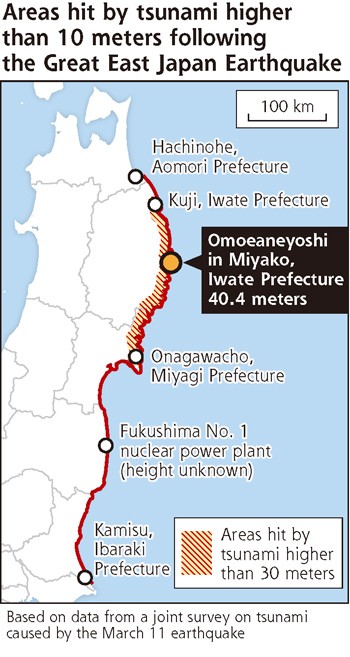
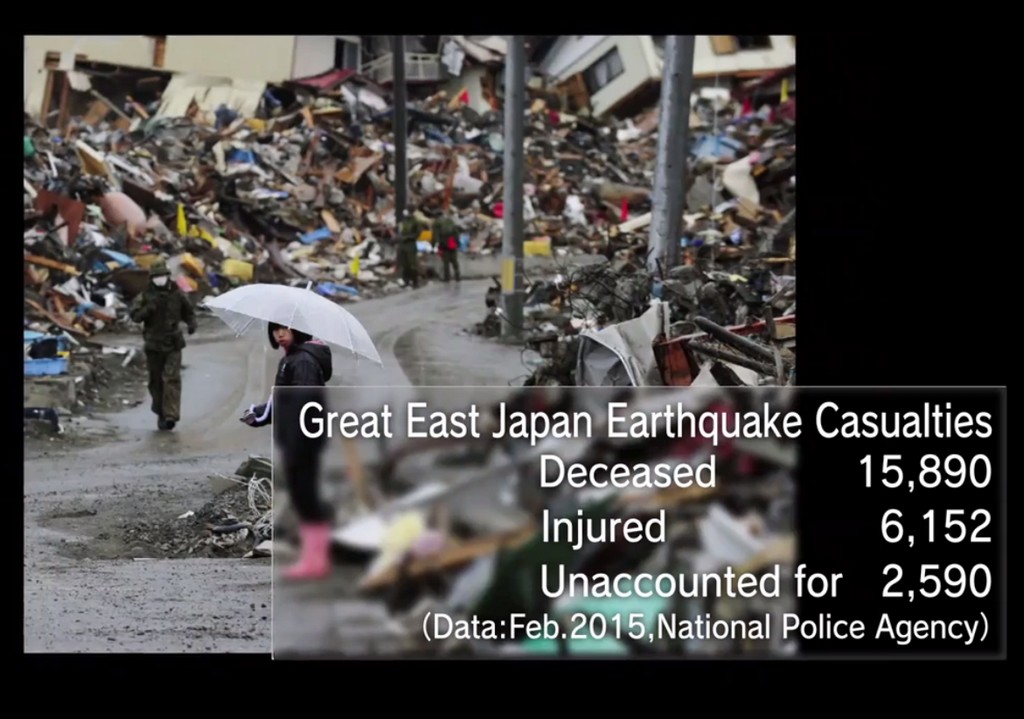
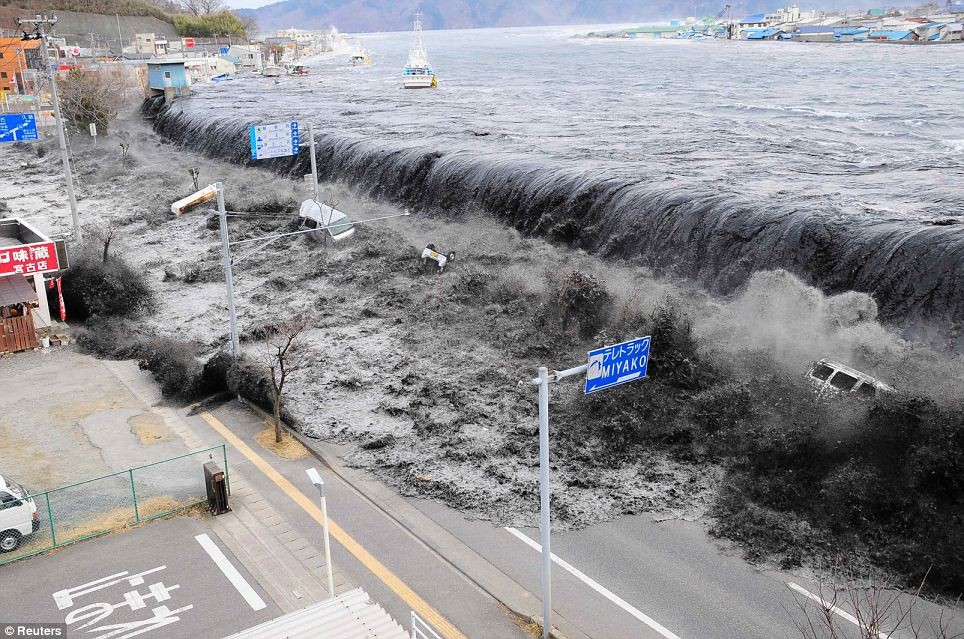

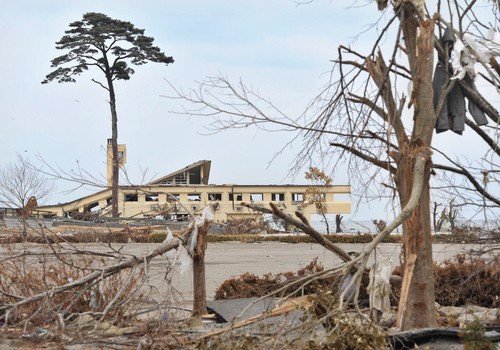
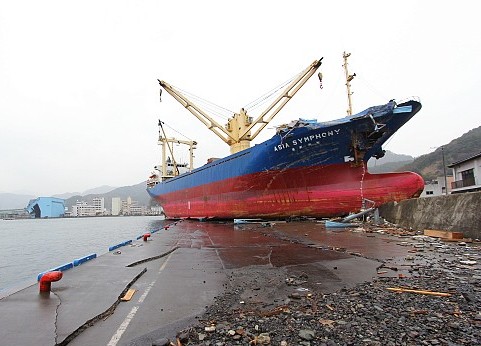
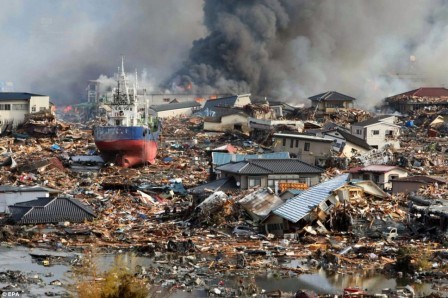
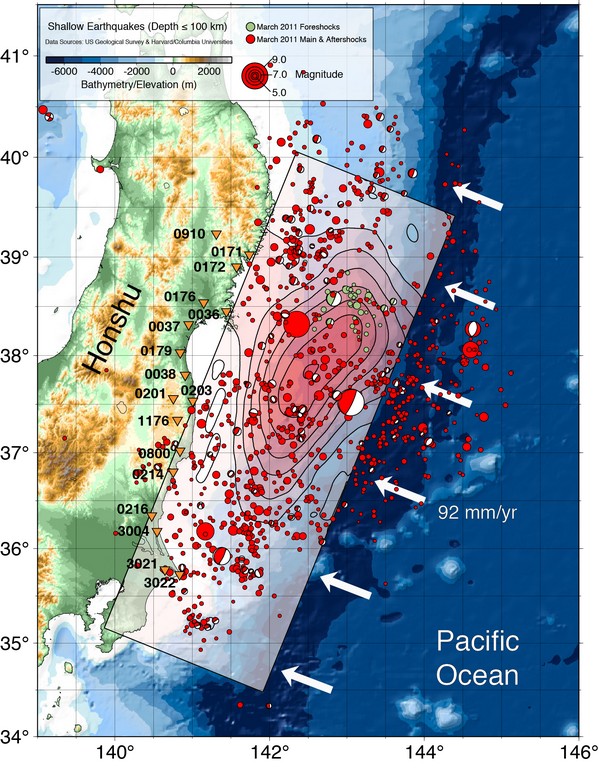
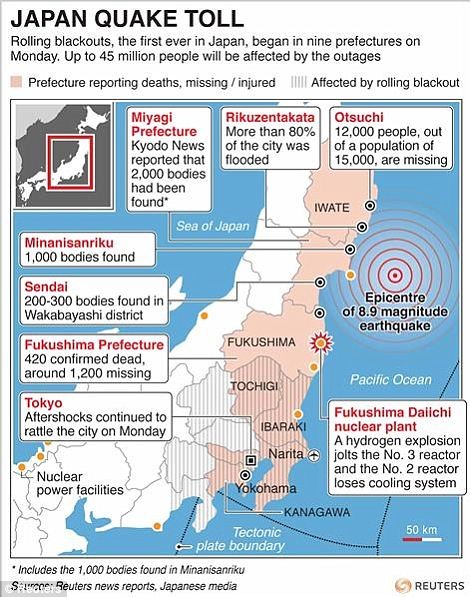
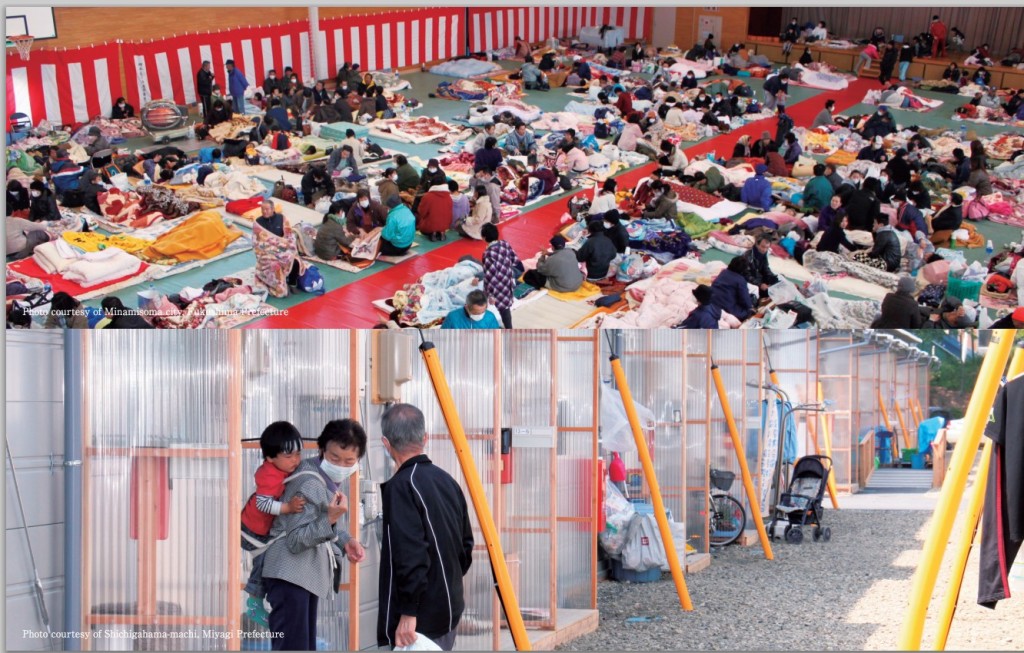
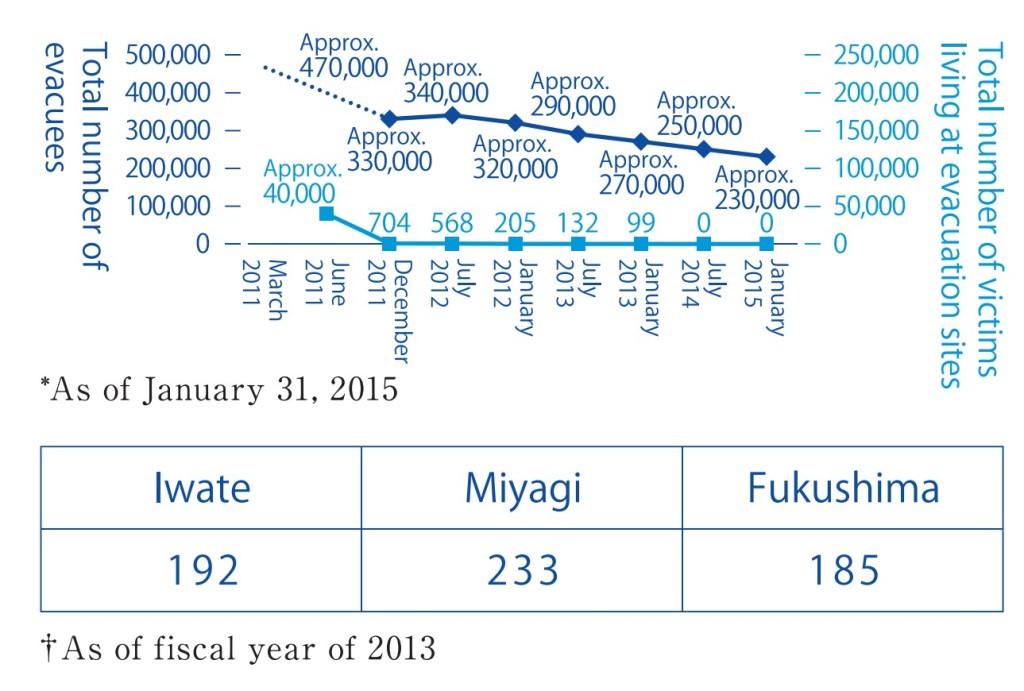
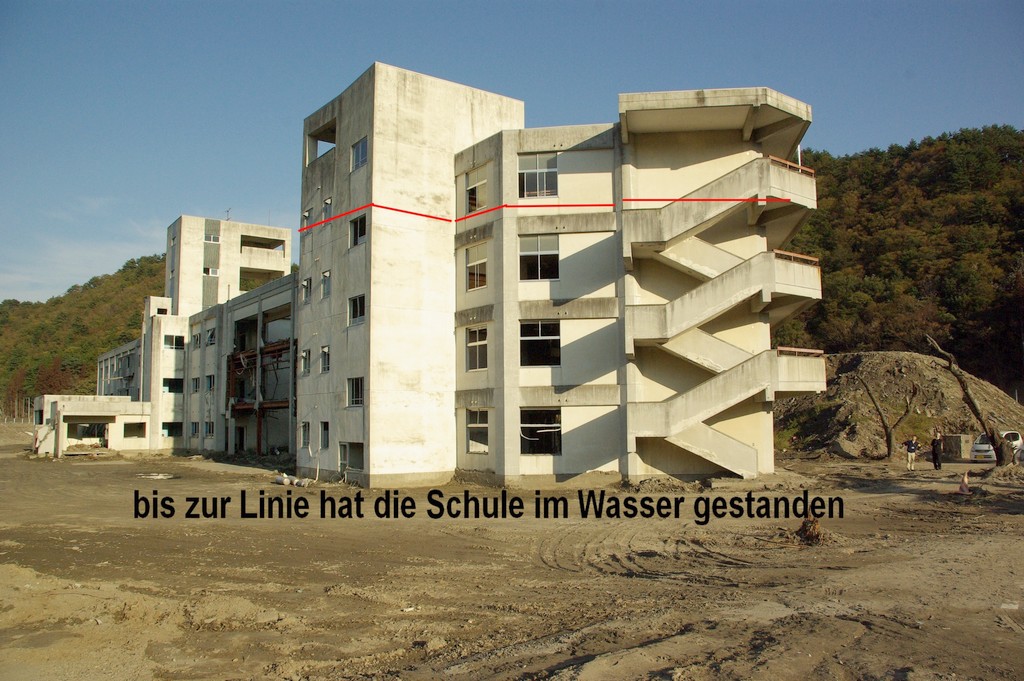








 漁師は「なぜ意見を聞いてくれないのか」と食い下がったが、県の担当者は「国の指針に沿って堤防を計画している」。来春までに地元合意を取り付けたいとしている。
漁師は「なぜ意見を聞いてくれないのか」と食い下がったが、県の担当者は「国の指針に沿って堤防を計画している」。来春までに地元合意を取り付けたいとしている。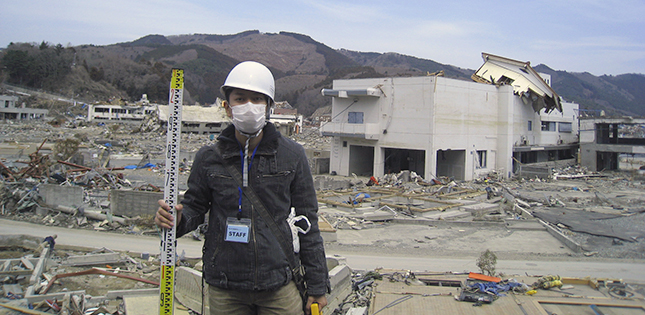
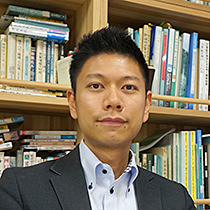







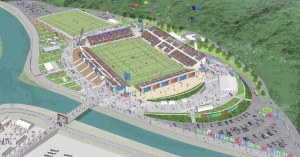






























 KIKUCHI MASANORI Onagawa Station reopened in the town center this March, four years after the 2011 earthquake and tsunami. The port, which is particularly important for local industry, has made a remarkable recovery, and new seafood processing plants have been completed nearby. Would you say the path to revival is coming into focus?
KIKUCHI MASANORI Onagawa Station reopened in the town center this March, four years after the 2011 earthquake and tsunami. The port, which is particularly important for local industry, has made a remarkable recovery, and new seafood processing plants have been completed nearby. Would you say the path to revival is coming into focus?





